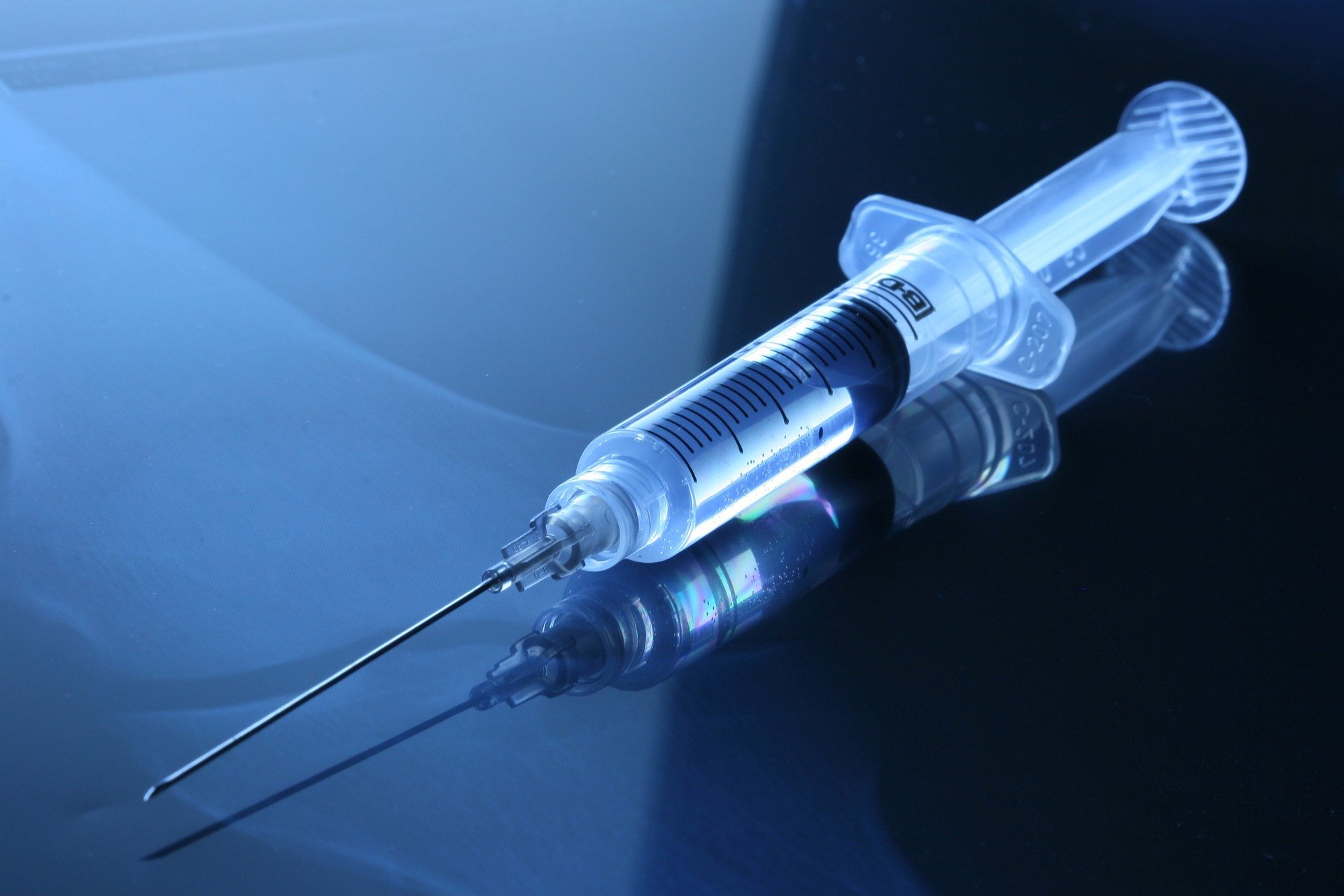The Risks of Cortisone Shots (Plus Alternative Treatment Recommendations)
Cortisone is a medication that has been used by the medical community for over 30 years. It is a strong, anti-inflammatory drug and one that we very rarely recommend. The reason for this is that cortisone can sometimes damage the tendons and joints.
Instead, sports medicine doctors and orthopaedic physicians tend to recommend newer steroid medications since they stay in the system for a much shorter period of time and don’t have the same impact on the joint.
So, should you consider getting a cortisone shot? Here are a few things to keep in mind.
What Is Cortisone and How Is It Used
Cortisone is naturally produced in the body through the adrenal gland and released when the body is under stress. By minimizing inflammation, injecting cortisone directly into the site of the inflammation can provide significant pain relief in the following conditions:
Arthritis
Carpal tunnel syndrome
Tennis elbow
Tendonitis
While cortisone is not actually a pain-reliever, it’s anti-inflammatory effects help minimize pain caused by inflammation. Cortisone typically provides relief within 24 hours after the injection, making it an option for people who need quick, temporary relief.
However, the risk of potential side effects with cortisone increases with repeated use. In general, you should avoid taking cortisone injections more often than every six weeks or more than three to four times a year.
As everyone’s case and everyone’s health is different, it’s essential to consult closely with your doctor before undergoing cortisone treatment.
The Potential Risks of Cortisone Shots and Recommended Alternative Therapies
With large cortisone injections and long-term use, there are some serious potential side effects of cortisone drugs. These risks include:
Cartilage damage
Joint infection
Nerve damage
Tendon weakening or rupture
Thinning of soft tissue and skin around the injection site
Temporary blood sugar increases
In fact, cortisone has sometimes been known to exacerbate injuries and cause further damage. This is why Team Sterett often recommends the newer, more synthetic, steroid anti-inflammatory medications to our Vail Valley patients.
Another alternative to cortisone injections is Platelet Rich Plasma (PRP). PRP is a regenerative medicine where we help the body jumpstart its own healing. Using a concentrated solution of blood platelets, which contain proteins and growth factors, PRP can be injected unit the damaged area to promote healing.
PRP therapy is safer than cortisone injections for two main factors:
It uses the patient’s own blood, meaning it’s uncommon for complications to arise during or post-injection.
Bioactive proteins in blood facilitate healing, meaning that PRP provides pain relief while healing the damaged tissue.
The downside of PRP is that it takes longer to provide relief and costs more than cortisone. However, patients who opt for PRP therapy are less likely to need surgery further down the round than those who opt for cortisone injections.
Contact Dr. Sterett to Discuss Your Treatment Options
If you are suffering from knee or shoulder pain and considering cortisone injections, contact Dr. Sterett and his team today. Dr. Sterett has published studies on the long-term side effects of cortisone injections and can guide you through your treatment options.
Request a consultation through our online form or by calling our offices at (970) 476-7220.


